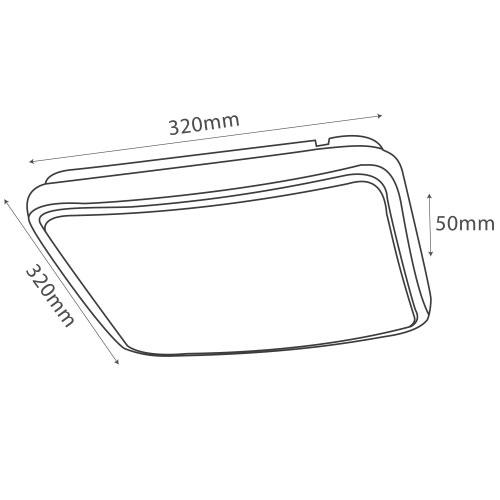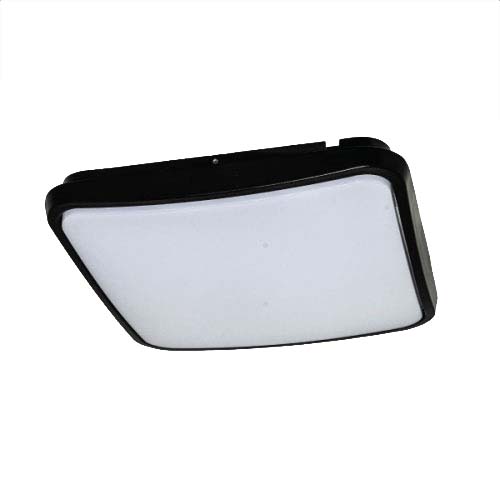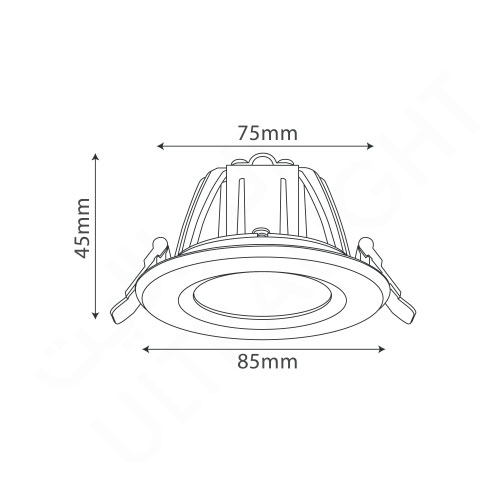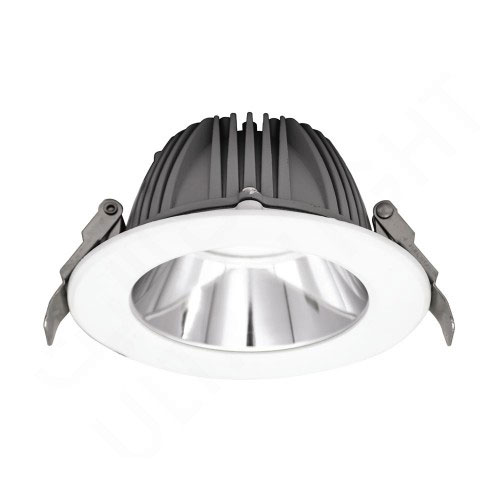Space design | Lamps and lighting, lighting design should be flexible
For the functional requirements of modern indoor spaces, a single light source is no longer sufficient to meet diverse lighting needs. The role of lighting is no longer limited to practical lighting functions, but also plays a role in creating the atmosphere of indoor spaces. Different types of lamps have different functional focuses and applicable spaces. To achieve flexible lighting design, it is necessary to choose the position of the light source and the type of lamp according to the needs, and carry out diversified combinations.
The selection of lighting fixtures in indoor spaces needs to consider the advantages and disadvantages of light sources as well as the lighting requirements of the space. Each type of lighting fixture has its own characteristics, and the performance of its light source is also different. The functionality of different areas varies, and their lighting requirements are also different. Different types of lighting fixtures have different functional focuses and applicable spaces. Adopting different combinations of lighting fixtures according to scene requirements and diversifying lighting combinations is the key to excellent lighting design.
The layout of indoor lighting fixtures must take into account the overall needs of the indoor environment, such as the style of furniture and the color of walls. The overall color tone of the lighting and environment must be coordinated and consistent in order to create the desired atmosphere and mood, and achieve the most moving effect. Lighting design, in terms of visual space, highlights the structural and formal changes of the spatial environment, highlights the key points of interior design, and meets the multi-dimensional needs of the indoor environment.







